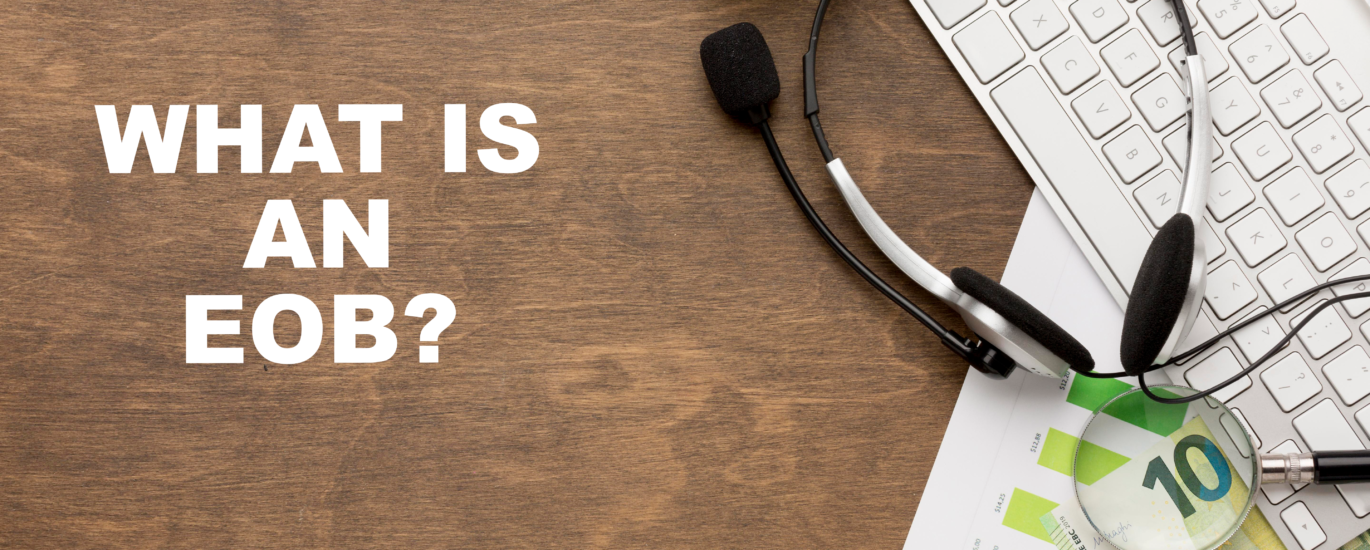What Is EOB?
Start by explaining what an EOB is. Describe it as a statement sent by insurance companies to patients after a healthcare service. It outlines the services provided, the amount billed, the insurance coverage, and any patient responsibility (such as copayments or deductibles).
Key Components of EOB:
Service Details: Discuss how an EOB lists each service (e.g., doctor’s visit, lab test, or surgery) along with its associated code (CPT or HCPCS).
Billed Amount: Explain that the billed amount represents the total cost of the service.
Allowed Amount: Clarify that the allowed amount is the maximum the insurance company will pay for a specific service.
Patient Responsibility: Highlight the patient’s share, including copayments, coinsurance, and deductibles.
Provider Adjustment: Mention any adjustments made by the healthcare provider (e.g., contractual adjustments).
Reason Codes: Briefly touch on the codes that explain adjustments or denials.
Common Confusions and FAQs:
Why Did My Insurance Deny This Service?: Address common reasons for denials, such as lack of preauthorization or out-of-network providers.
Understanding “Not Covered” Services: Explain why some services may not be covered by insurance.
Appealing EOBs: Provide tips on appealing denials or discrepancies.
Compare to the Bill: Encourage patients to compare the Explanation of Benefits with the bill from the healthcare provider.
Contacting the Insurance Company: Advise patients to call their insurance company if they have questions or concerns.
Sample EOB: Consider including a simplified sample Explanation of Benefits with annotations to help readers understand each section.





